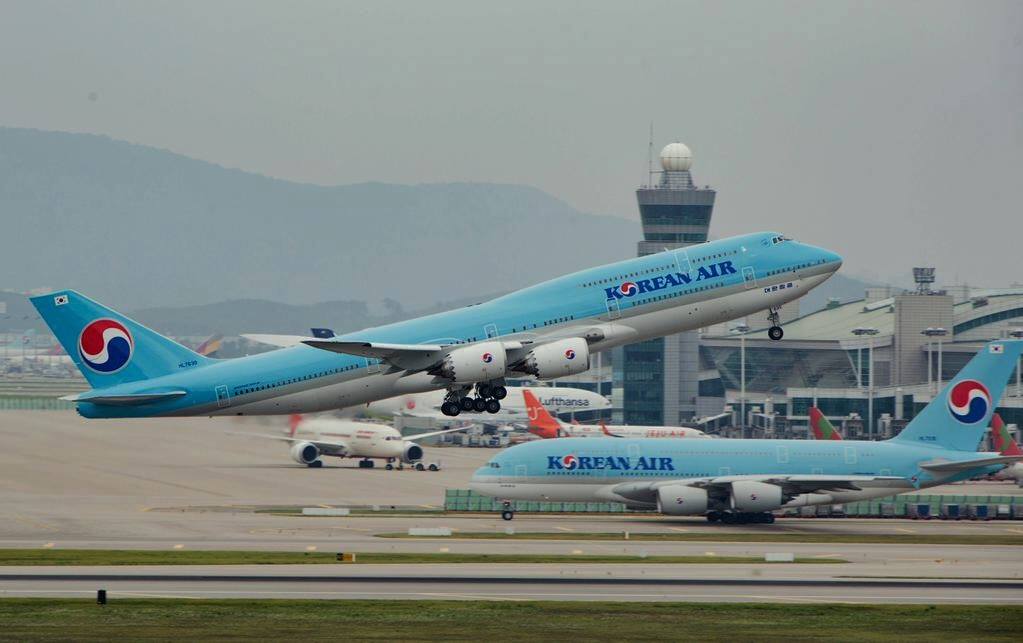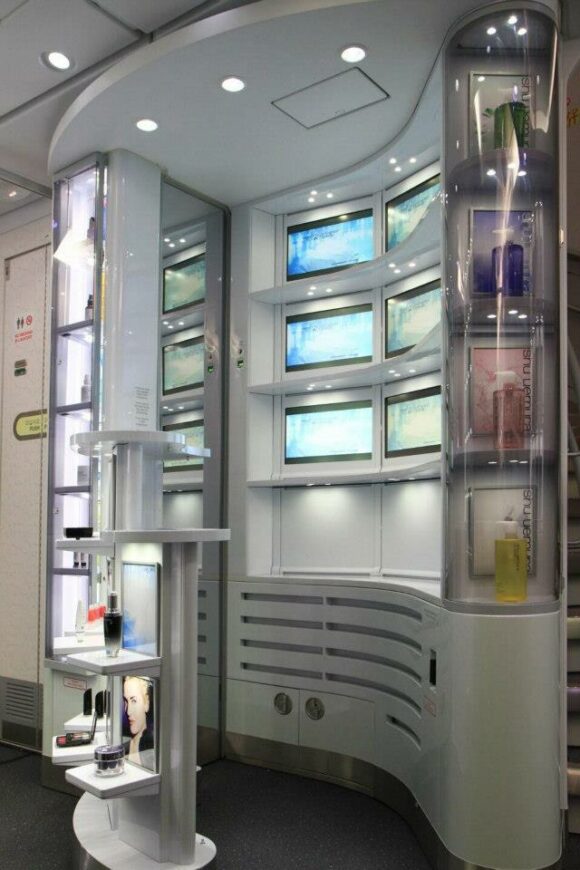
11942232 1052274344785012 506997392182202835 o
Another airline is going to say goodbye to the Airbus A380. Korean Air will dispose of its ten double-deckers within five years, while the carrier will take another five more years to also phase out its ten Boeing 747-8Is, CEO Walter Cho has told FlightGlobal. Korean Air counts the years on its A380s.
The decision marks a change to Korean Air’s business model, heavily influenced by the impact of the pandemic. In June, the airline’s president Woo Keehong told Air Transport World that the A380 would have a future with Korean. “I believe the A380 will become more valuable as travel demand recovers”, said Woo, who expected to operate the type again to New York, Los Angeles, or San Francisco. This view has now changed, reading the remarks of his CEO today.
Korean took delivery of its first A380 on May 31, 2011. The tenth and final aircraft arrived on July 28, 2014. The airline operated the type on various international routes, including London Heathrow, Paris, Frankfurt, New York, Los Angeles, Atlanta, Bangkok, Tokyo, and Sydney. It was the only A380 operator to have a dedicated duty-free shop onboard the aircraft. And not without success, as Koreans liked shopping at FL410 and spent their money well. The A380 has 94 Business or Prestige Class seats that fill the entire upper deck, with twelve First Class and 301 Economy Class seats on the main deck. At a combined 407 seats, the Korean Air A380 had the lowest cabin density of all operators.
Korean Air has earned some serious money with this Duty Free Showcase onboard its A380s. (Korean Air)
The first Boeing 747-8I joined Korean in August 2015, making it the only airline together with Lufthansa to operate both the A380 and the passenger version of the 747-8. It also has seven -8F full freighters. The -8Is served the airline to New York, Honolulu, Atlanta, and Singapore, sometimes alternating with the A380. There are six First Class, 26 Prestige Class, and 314 Economy Class seats on the main deck, plus another 22 Prestige Class on the upper deck behind the cockpit.
Like all operators of big, four-engined aircraft, Korean Air has been hit hard by the Covid crisis. The airline has grounded all but one of its A380s, with a single aircraft (HL-7614) doing a Wednesday-only service between Seoul and Guangzhou in recent months. Only two of the ten -8Is are active, while the rest is in storage. Four remaining 747-400s have been retired with only four -400Fs in active service.
Korean Air will inherit six Asiana A380s
Korean will inherit another six A380s when it completes the integration of Asiana Airlines. Korean announced the acquisition of 63.9 percent of Asiana last November. A review of the post-merger integration plan is in progress, Korean said last week. Once the take-over has been approved, it will take two years to complete the integration.
The future of Asiana’s six A380s is unconfirmed but looks bleak as the airline will be integrated within Korean. (Airbus)
Asiana took delivery of its first A380 on May 26, 2014, and accepted the sixth and final aircraft on December 22, 2016. The final two are leased. So they are slightly younger than Korean’s own, but following the review of its fleet policy, it seems most unlikely that Korean will keep the A380s longer than its own ten aircraft. The Asiana double-deckers are also in storage, except for HL-7625, which has frequently done special flights over Korea and Jeju to generate at least some cash.
Growing list of grounded A380s
Korean Air joins the growing list of A380 operators who have decided to permanently or temporarily park their aircraft. Air France has been the first to retire all its A380s. Lufthansa said initially that it would place them in deep storage, but CEO Carsten Spohr said last July that the A380s won’t be coming back. Etihad and Qatar Airways have parked them indefinitely, both saying it is unlikely that they will return to service. Malaysia Airlines and Thai Airways have offered their aircraft for sale.
This leaves Emirates, China Southern Airlines, and since last week All Nippon Airways as the only active operators. Emirates will take the last three brand-new A380s in the coming months but has already retired five older ones. The Dubai-based airline has now some thirty A380s in daily active service. China Southern operates all five and was the most active operator of the type until Emirates ramped up its capacity.
Last week, ANA resumed services to Honolulu but only on a limited basis. It has still its third and last A380 parked at Airbus in Toulouse, although the aircraft was officially delivered last October. Singapore Airlines, British Airways, and Qantas have all A380s in (deep) storage but all have said that they intend to have them back in action again as soon as long-haul international services will resume BA is expected to be the first of them to reintroduce the type on its schedule as soon as in Q4.
Views: 9





